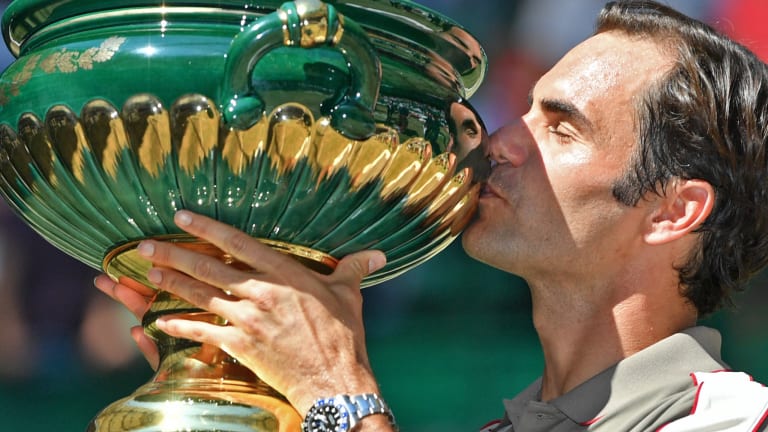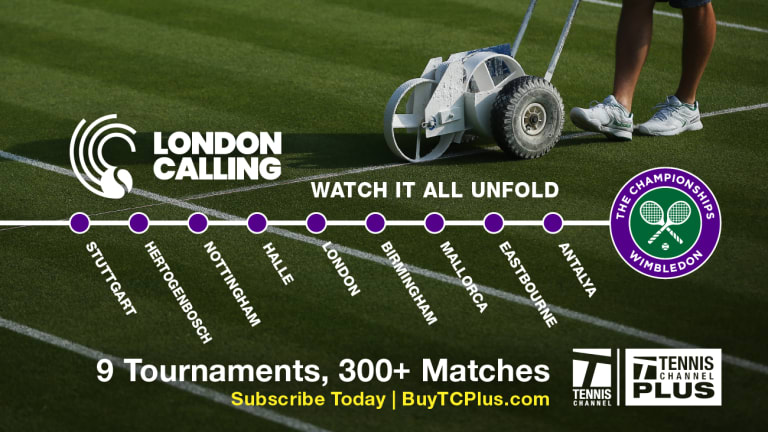WTA Birmingham, Great Britain
Weekend winners: As Barty’s aura grows, Federer’s remains undiminished
By Jun 24, 2019WTA Birmingham, Great Britain
Jelena Ostapenko beats Barbora Krejcikova for second grass title in Birmingham
By Jun 25, 2023WTA Birmingham, Great Britain
Top seeds Barbora Krejcikova and Jelena Ostapenko to face off in Birmingham final
By Jun 24, 2023WTA Birmingham, Great Britain
Jelena Ostapenko holds off Venus Williams fightback to reach Birmingham quarterfinals
By Jun 22, 2023WTA Birmingham, Great Britain
Venus Williams loses to Jelena Ostapenko at Birmingham Classic after injury concern
By Jun 22, 2023WTA Birmingham, Great Britain
Katie Boulter loses in first round of Birmingham Classic, two days after winning her first WTA title
By Jun 20, 2023WTA Birmingham, Great Britain
Venus Williams, aged 43 and ranked No. 697, pulls off surprising win at Birmingham Classic
By Jun 19, 2023WTA Birmingham, Great Britain
Venus Williams outlasts Camila Giorgi in three-hour Birmingham epic
By Jun 19, 2023WTA Birmingham, Great Britain
Ons Jabeur becomes first Arab woman to win a WTA title in Birmingham
By Jun 20, 2021WTA Birmingham, Great Britain
Kasatkina, Jabeur pull double duty in setting Birmingham final clash
By Jun 19, 2021WTA Birmingham, Great Britain
Weekend winners: As Barty’s aura grows, Federer’s remains undiminished
A reflection on historic, and promising, title runs in Birmingham and Halle for the Australian and Swiss.
Published Jun 24, 2019
Advertising

Weekend winners: As Barty’s aura grows, Federer’s remains undiminished
© Jordan Mansfield/www.jordanmansfield.co
Advertising
Advertising

Weekend winners: As Barty’s aura grows, Federer’s remains undiminished
© Getty Images
Advertising
Advertising

Weekend winners: As Barty’s aura grows, Federer’s remains undiminished